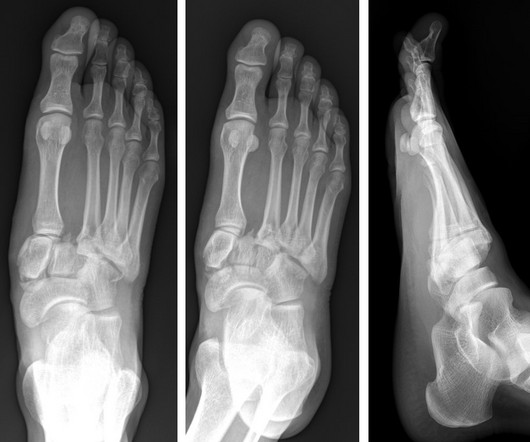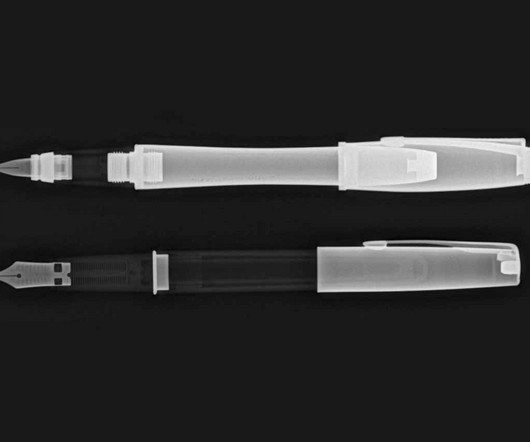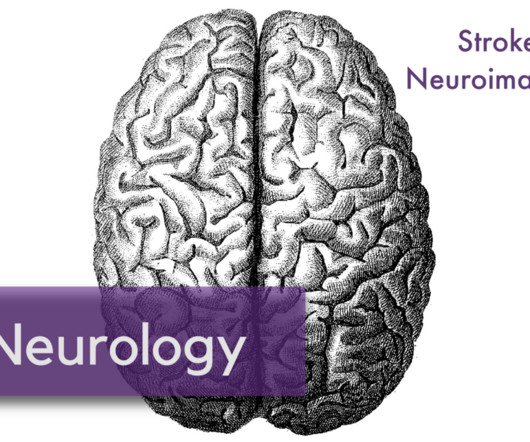Type 3 Cuboid Fracture
Global Radiology CME
SEPTEMBER 30, 2021
More sophisticated imaging, such as computed tomography or magnetic resonance imaging, should be obtained if plain film is unrevealing but there is high suspicion of fracture. Diagram showing the types of fracture of the cuboid [1].













Let's personalize your content